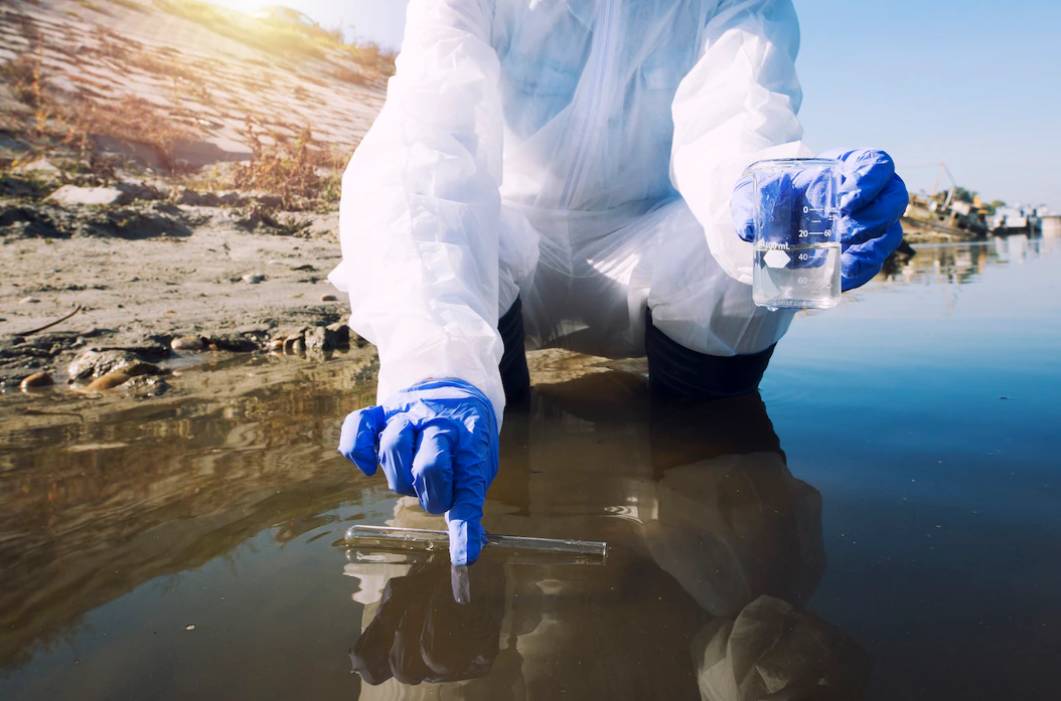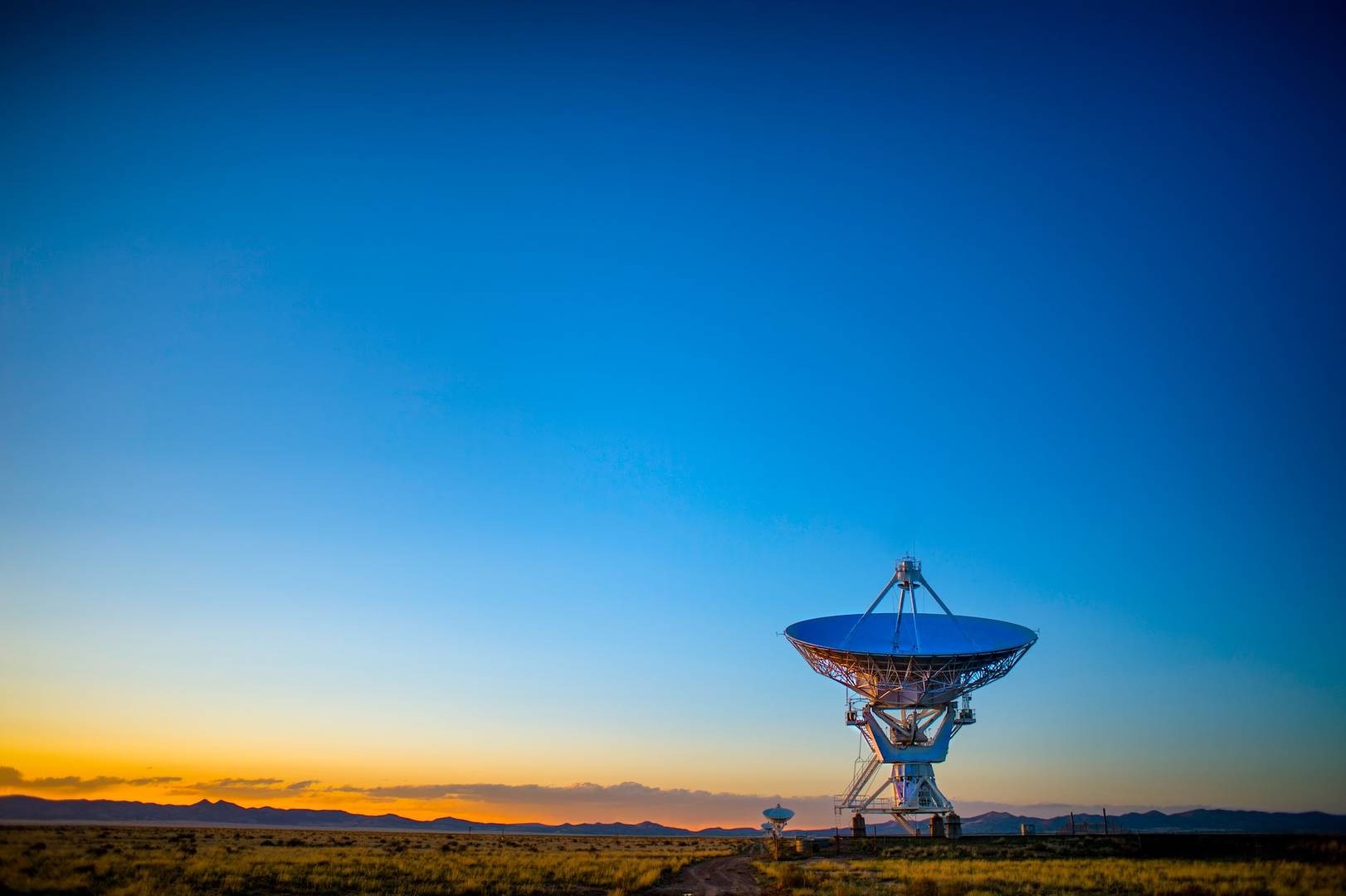Groundwater is a vital natural resource that needs to be protected. When it becomes contaminated, it can be difficult and expensive to clean up. That’s where groundwater remediation comes in. This process involves cleaning up the water using various methods and technologies. In this article, we will discuss what groundwater remediation is and how it works. We will also look at some of the most common methods used for this process.
What is Groundwater Remediation?
Groundwater remediation is a process that is used to clean up contaminated groundwater. The goal of groundwater remediation is to remove or reduce the amount of pollutants in the water so that it meets regulatory standards. Some common pollutants found in groundwater include petroleum, heavy metals, and industrial chemicals. There are a number of different methods that can be used for groundwater remediation, and the method that is chosen will depend on the specific situation.
How Does Groundwater Remediation Work?
Groundwater remediation typically involves a combination of physical, chemical, and biological processes. Physical processes use physical barriers to contain the contaminated groundwater or remove pollutants from the water. Chemical processes involve using chemicals, like zero-valent iron or activated alumina, to remove pollutants from the water. Biological processes use bacteria or other organisms to break down contaminants in the groundwater.
Once the contaminated groundwater has been treated, it is tested to make sure that it meets regulatory standards before being released back into the environment.
Common Methods Used For Groundwater Remediation
Now that you understand what groundwater remediation is and how it works, let’s look at some of the most common methods used for this process.
Pump-and-Treat: This method involves pumping contaminated water from underground and treating it on the surface. It is one of the most commonly used methods for treating groundwater contamination because it can be effective at removing a variety of pollutants.
Air Stripping: This method involves passing contaminated water over trays filled with packing material such as stones, foam, or plastic pellets. The packing material increases the surface area for the contaminants to adhere to and be removed from the water. It is a relatively inexpensive process that can be used for treating a wide range of pollutants.
Soil Vapor Extraction: This method involves pumping a vacuum into the ground to extract volatile organic compounds (VOCs) from the soil. It is often used in combination with other methods to remove VOCs that may have settled into the soil and groundwater.
Bioremediation: Bioremediation is a process that uses bacteria or other microorganisms to break down pollutants in the groundwater. It can be used for treating a variety of contaminants and is often combined with other methods for maximum effectiveness.
The process of groundwater remediation involves cleaning up contaminated water using various methods and technologies. As you can see, there are a number of different methods that can be used for groundwater remediation. Understanding what these processes involve and how they work can help you choose the best option for your specific needs. With the right approach, you can clean up contaminated groundwater and protect this vital natural resource.










